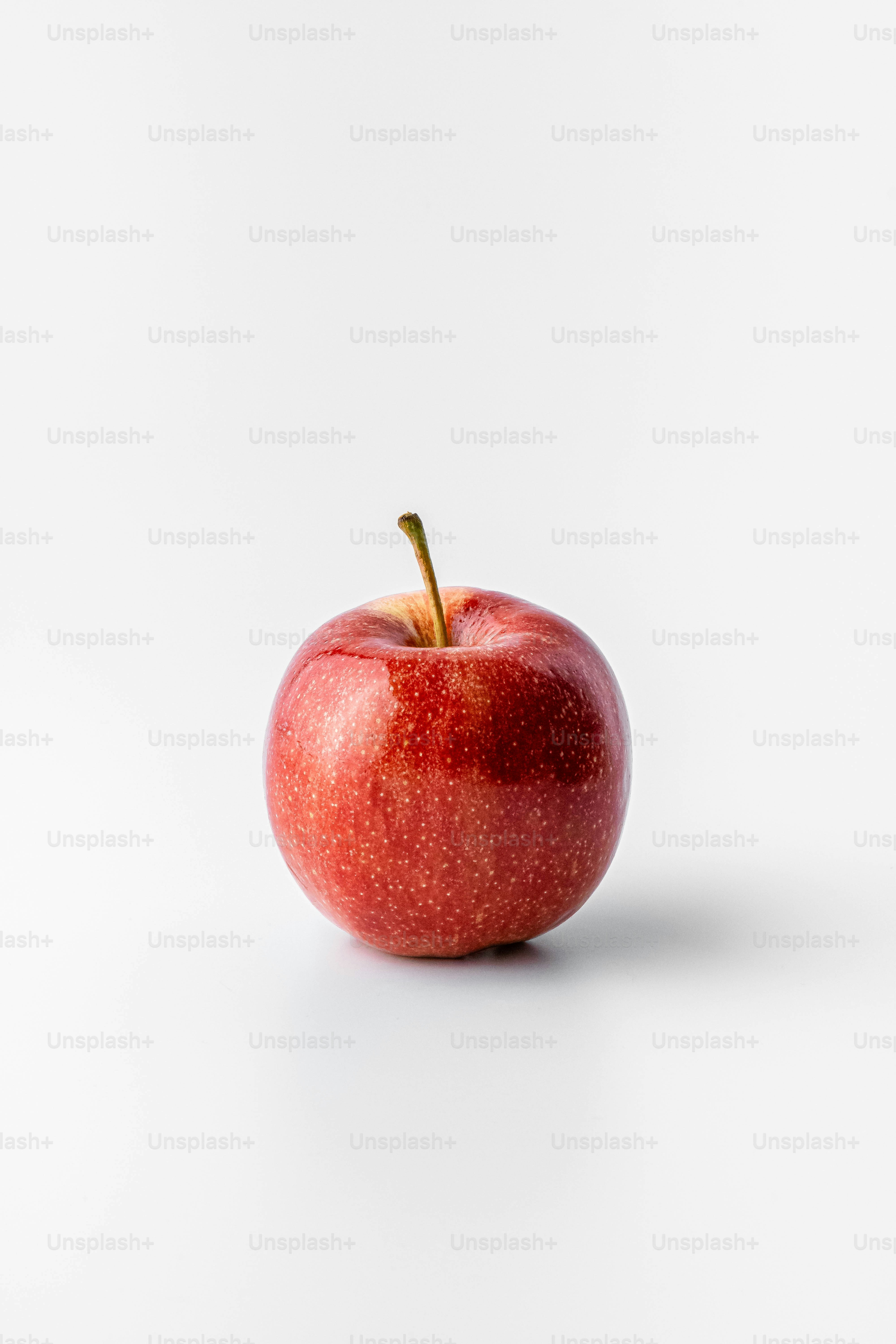最近,9to5Mac揭示了一篇令人惊叹的新闻:Apple不仅在开发最新的iPhone和Mac,還专注于支持其已有设备的使用寿命。这种策略不仅体现了公司对环境保护的承诺,更展现了其在利润最大化与可持续发展之间找到的平衡点。
通过定期软件更新和安全性补丁,Apple延长了数百万设备的使用年限。这意味着消费者无需频繁升级旧设备,而是可以继续享受最新功能和性能。这种做法不仅减少了电子废弃物,也提升了用户满意度。
从商业角度来看,这种策略大大降低了维修成本,同时巩固了用户对Apple生态系统的忠诚度。长期而言,这可能成为苹果区别于竞争对手的关键因素之一。
此外,支持旧设备还体现了Apple在技术更新与老旧设备之间的平衡。在保持高端形象的同时,公司通过延长设备寿命,吸引了更多预算有限但忠实于品牌的消费者。
这种做法不仅有利于消费者,也为整个电子产品行业树立了一个可持续发展的先河。未来,我们可以期待更多公司效仿这种模式,以实现技术与环境保护的双赢。
Introduction
引言
Apple’s policy of supporting older devices demonstrates a strategic approach that benefits both consumers and the environment. By extending the usability of existing devices, Apple reduces e-waste and offers users cost-effective solutions while encouraging responsible device maintenance.
苹果公司支持旧设备的政策展示了一种策略,这对消费者和环境都有好处。通过延长设备的使用寿命,苹果减少了电子废弃物,并为用户提供了成本低廉的解决方案,同时鼓励用户负责任地维护设备。
This approach not only enhances personal finance management but also aligns with sustainable living practices. Users can save money by extending their device’s lifespan and contribute to a greener planet.
这种方法不仅有助于个人理财管理,还符合可持续生活方式。用户可以通过延长设备寿命节省开支,同时为地球贡献一份力。
Key Concepts: Apple’s Deep Support for Older Devices
苹果深度支持旧设备:一策略背后的商业智慧
Apple’s decision to continue supporting older devices, such as smartphones and tablets, demonstrates a strategic approach to maintaining customer loyalty and ensuring a seamless user experience across multiple generations of products.
苹果公司决定继续对旧款手机和平板电脑进行支持,这体现了维持客户忠诚度和确保用户在多代产品中拥有无缝体验的战略决策。
This strategy not only extends the useful life of existing devices but also reinforces Apple’s ecosystem, encouraging users to stay within the brand by compatible hardware and software solutions.
这种策略不仅延长了现有设备的使用寿命,还加强了苹果生态系统,鼓励用户在兼容硬件和软件解决方案的情况下保持品牌忠诚。
By ensuring compatibility, Apple creates a stable environment for users, reducing the need for frequent upgrades and minimizing costs associated with purchasing new devices.
通过确保兼容性,苹果公司创造了一个稳定的环境,对用户来说意味着不需要频繁升级,并降低了购买新设备的成本。
This approach also aligns with Apple’s long-term vision of sustainable technology use, where customers are encouraged to invest in high-quality products that endure rather than discarding devices after a single use.
这种方法也符合苹果公司长期的可持续技术使用愿景,其中鼓励用户投资高质量的产品,而不是在短时间内丢弃设备。
In summary, Apple’s deep support for older devices reflects a balance between innovation and practicality, ensuring that users receive maximum value from their technology investments while maintaining brand loyalty.
总之,苹果公司对旧设备的深度支持反映了创新与实用性的平衡,确保用户从他们的技术投资中获得最大价值,同时保持品牌忠诚。
Practical Applications
苹果深度支持旧设备:一策略背后的商业智慧
The strategic decision by Apple to continue supporting older devices has clear practical benefits, particularly for users who may not be able to afford newer models or prefer the reliability of their current gadgets.
这家公司选择继续对旧设备进行支持,特别体现在用户可能不负担得起新型机器或喜欢当前设备可靠性的情况下。
One key practical application is the ability for users to continue using their existing devices longer, reducing the need for frequent upgrades and minimizing waste. This approach not only appeals to environmentally conscious consumers but also extends the lifespan of Apple’s hardware products.
这使得用户能够继续使用他们的设备更长时间,从而减少了升级频率和浪费。这种方法不仅吸引了环保意识强烈的消费者,还延长了苹果硬件产品的寿命。
Another real-world application is the enhanced security and functionality provided by software updates. Even older devices receive regular patches and improvements, ensuring they remain secure and performant.
此外,软件更新为即使较旧的设备也提供了增强的安全性和功能。这样即使是老旧的设备,也能定期获得补丁和改进,确保其仍然安全且性能良好。
Finally, this strategy supports Apple’s ecosystem by maintaining compatibility across different devices. Older devices remain integrated with the latest services and software, preserving their utility for users.
此外,这种策略有助于维护苹果生态系统,因为较旧的设备仍能与最新服务和软件保持兼容,确保它们对用户仍然具有实用性。
、
和
。
最后,检查整个输出是否只包含纯HTML,没有任何额外的解释或评论,确保符合用户的要求。
“`html
Common Challenges
常见挑战
One of the most common challenges in the tech industry is balancing innovation with backward compatibility. Apple’s decision to support older devices with new software updates reflects a strategic choice to maintain user loyalty and ensure existing hardware remains functional.
一种常见的技术行业挑战是如何在创新与向后兼容之间取得平衡。苹果选择支持旧设备并提供新软件更新,反映了一个战略决策,即维持用户忠诚度并确保现有硬件保持功能性。
Another challenge is managing the costs associated with supporting multiple device models. Maintaining software compatibility across different hardware configurations requires significant resources and investment.
另一个挑战是管理支持多个设备模型所需的成本。保持软件与不同硬件配置的兼容性需要巨大的资源和投资。
Additionally, consumers often expect their devices to remain performant and secure over time. Apple’s approach ensures that users continue to benefit from advancements in hardware and software without being forced to upgrade immediately.
此外,消费者通常希望其设备在时间内保持高性能和安全。苹果的做法确保了用户可以继续利用硬件和软件的进步,而无需立即升级。
Overall, Apple’s strategy demonstrates a smart balance between meeting user needs and maintaining a sustainable business model that prioritizes innovation without obsoletizing existing products.
总体而言,苹果的策略展现了一个平衡用户需求与维持可持续业务模式之间的智慧,该模式优先考虑创新而非淘汰现有产品。
Best Practices for Implementing Apple’s Deep Support for Older Devices
苹果深度支持旧设备:一策略背后的商业智慧
Apple has consistently demonstrated its commitment to supporting older devices through updates and maintenance, which not only enhances user experience but also aligns with its long-term business strategy.
苹果一直展现了对旧设备的持续支持,通过更新和维护,不仅提升了用户体验,也符合其长期商业战略。
One key best practice is Apple’s hardware upgrade plan, which ensures that older devices remain relevant and functional. This approach also helps reduce electronic waste, contributing to a more sustainable tech ecosystem.
一个关键最佳实践是苹果的硬件升级计划,确保旧设备仍然有用和相关。这一方法也减少了电子废弃物,有助于形成更可持续的科技生态系统。
Additionally, Apple’s software optimization plays a crucial role in enabling older devices to run smoothly with the latest iOS versions. Regular updates and performance enhancements ensure that users enjoy a seamless experience across all their devices.
此外,苹果的软件优化在实现旧设备能顺利运行最新iOS版本方面起到关键作用。定期更新和性能提升确保用户在所有设备上享受流畅体验。
By adhering to these best practices, Apple not only maintains its competitive edge but also reinforces its position as a leader in the tech industry.
通过遵循这些最佳实践,苹果不仅保持了其竞争优势,还巩固了它在科技行业的领导地位。
The Strategy Behind Apple’s Support for Older Devices
苹果深度支持旧设备:一策略背后的商业智慧
Apple’s decision to continue supporting older devices has been a cornerstone of its business strategy. By extending the lifecycle of hardware, Apple can maintain its ecosystem integration and ensure users remain within its services. This approach not only boosts customer satisfaction but also reduces e-waste, aligning with global sustainability goals.
苹果继续支持旧设备的决策是其商业战略的基石。通过延长硬件的使用寿命,苹果可以维持生态系统整合,并确保用户留在其服务中。这一方法不仅提高了客户满意度,还减少了电子废弃物,有助于实现全球可持续发展目标。
However, this strategy has also faced criticism. Some argue that it may hinder Apple’s ability to drive hardware innovation by keeping users tied to older models. Additionally, critics suggest that offering limited support might reduce the incentive for users to upgrade to newer, more secure devices.
然而,这一策略也面临批评。一些人认为,苹果通过支持旧设备可能会限制其在硬件上的创新能力,因为用户被束缚到较旧的模型。此外,批评者指出,提供有限的支持可能会降低用户升级到更新、更安全的设备的动力。
In conclusion, Apple’s support for older devices reflects a balance between maintaining user trust and driving technological progress. While the strategy benefits sustainability and customer loyalty, it remains to be seen whether it will ultimately serve as a long-term growth catalyst or if further adjustments are needed.
总之,苹果对旧设备的支持反映了在维护用户信任和推动技术进步之间取得平衡。一方面,这一策略有助于可持续发展和客户忠诚度,另一方面,它是否能成为长期增长的催化剂仍有待观察,或许还需要进一步调整。
